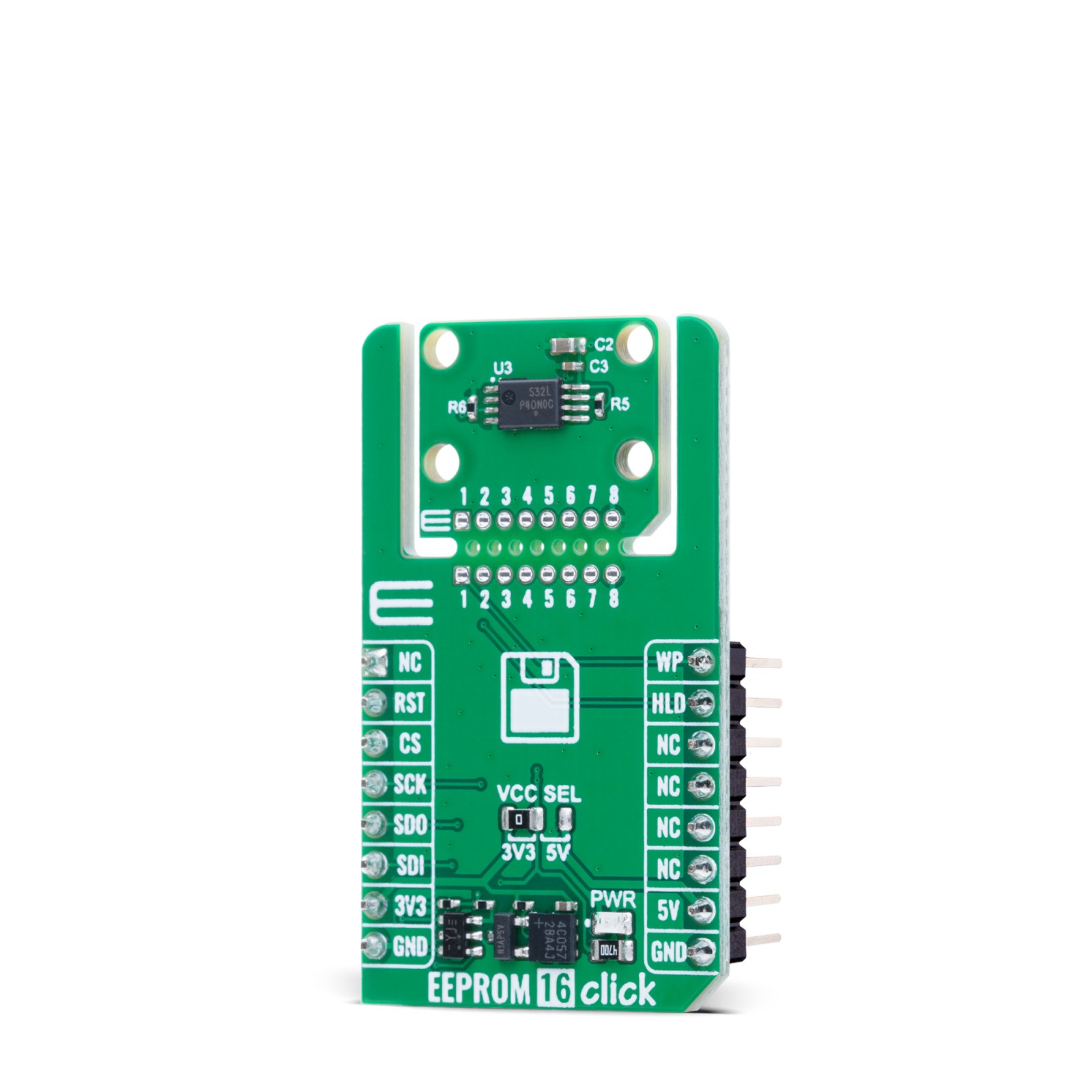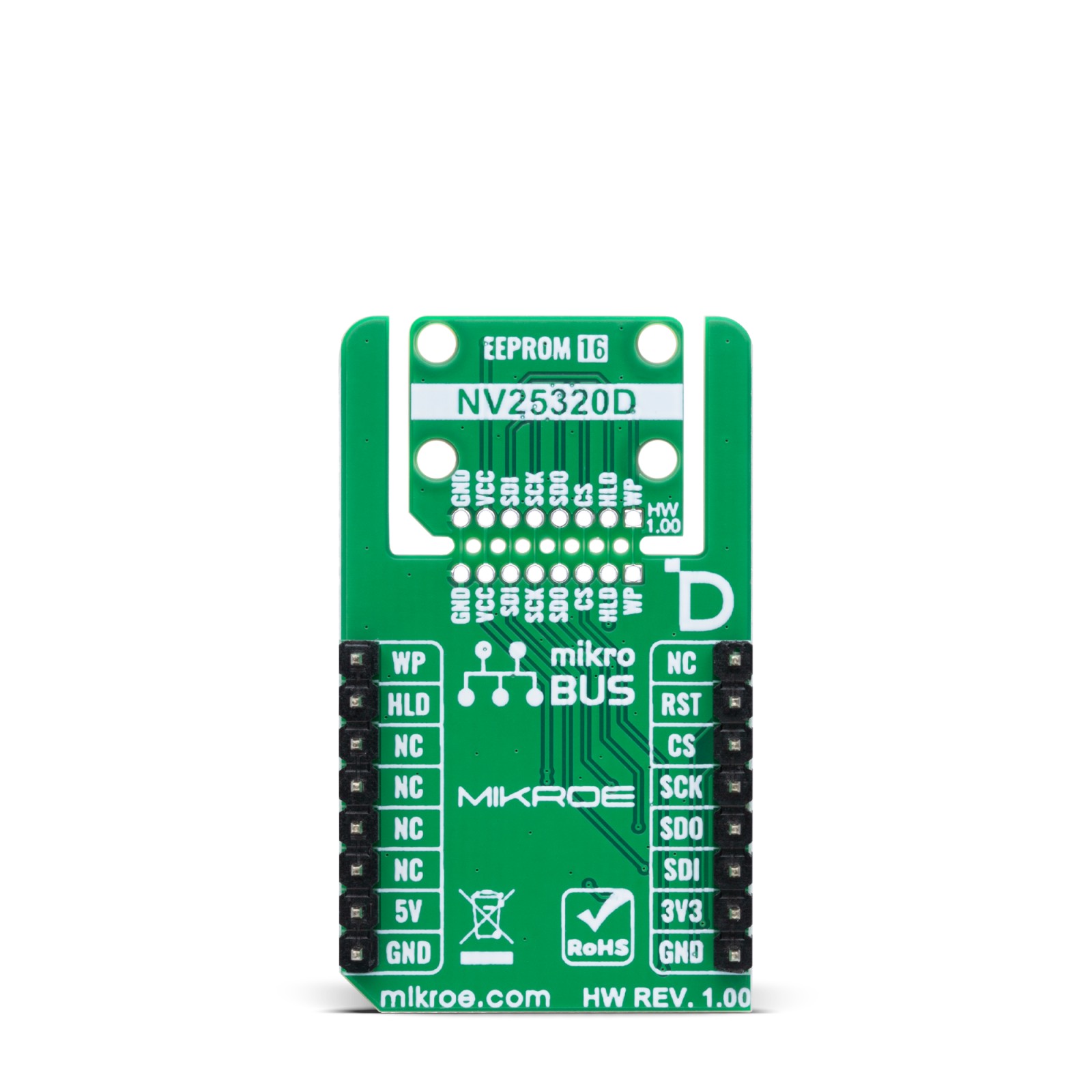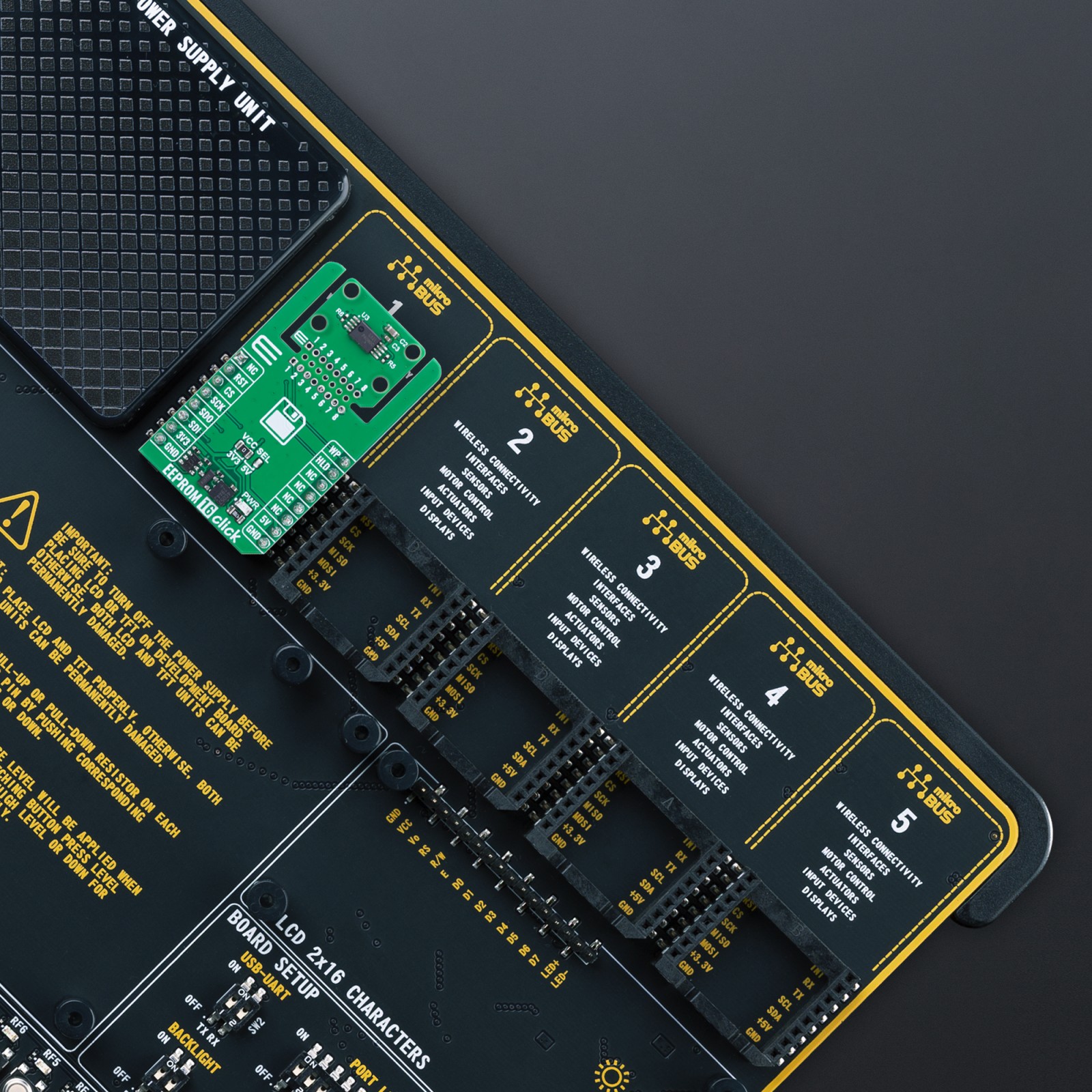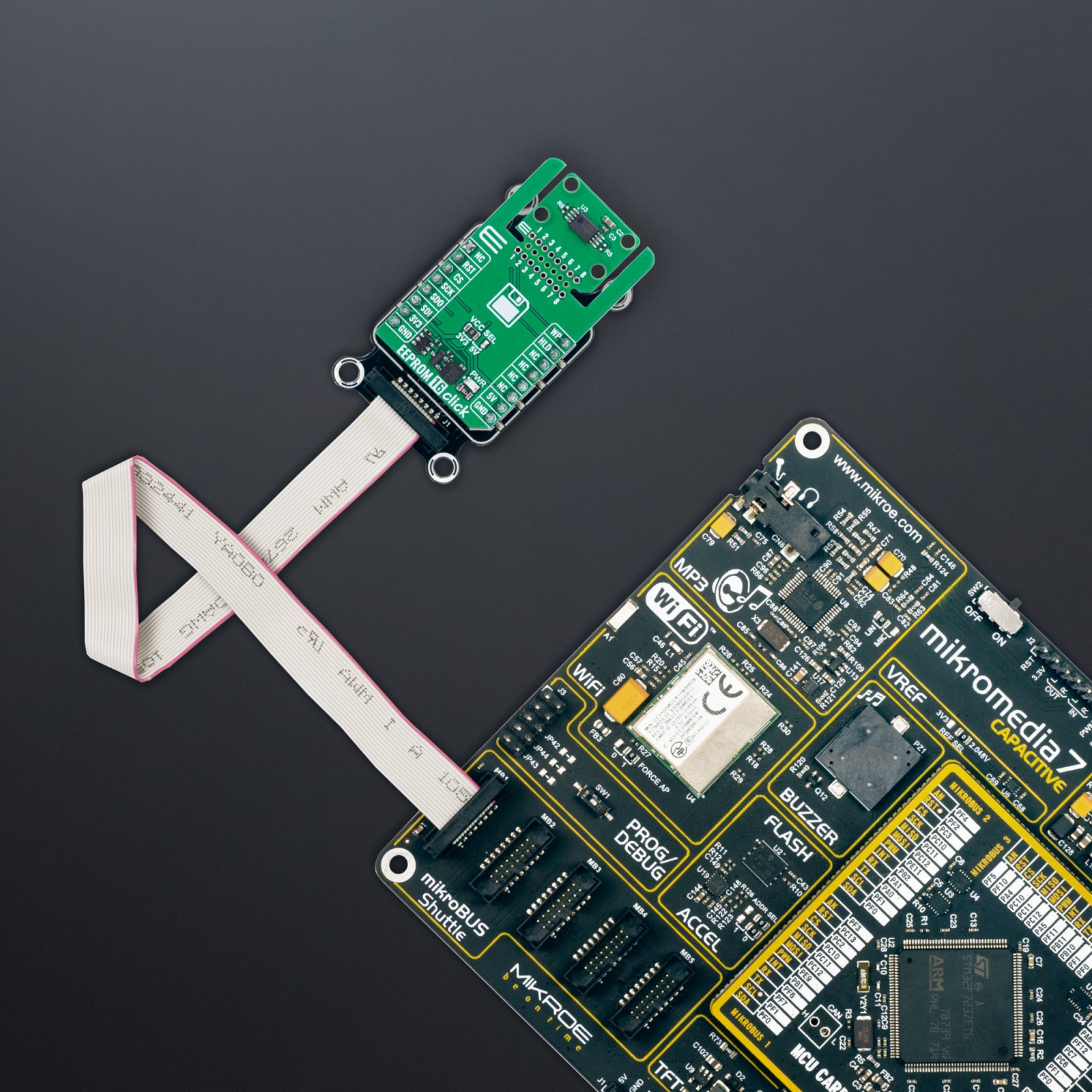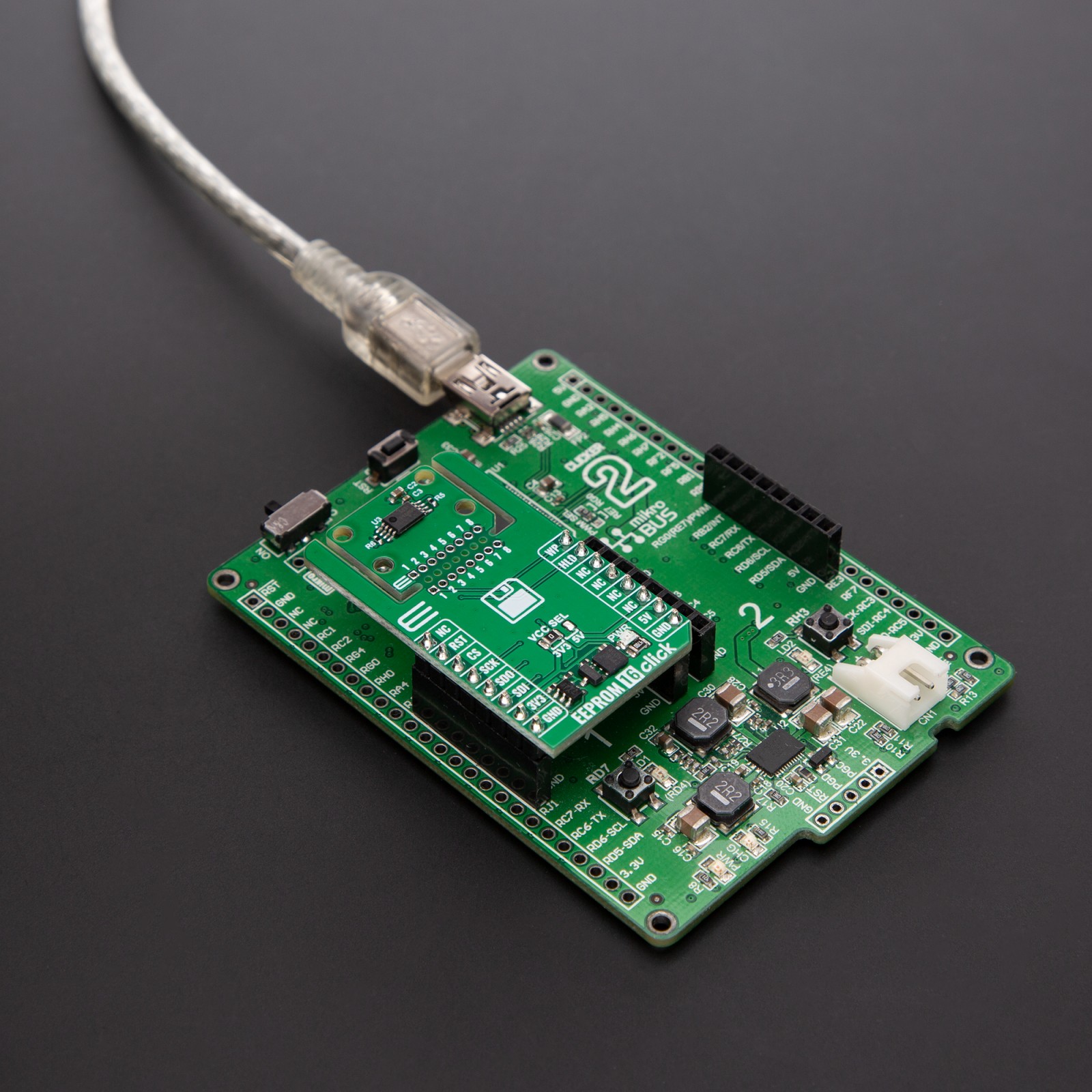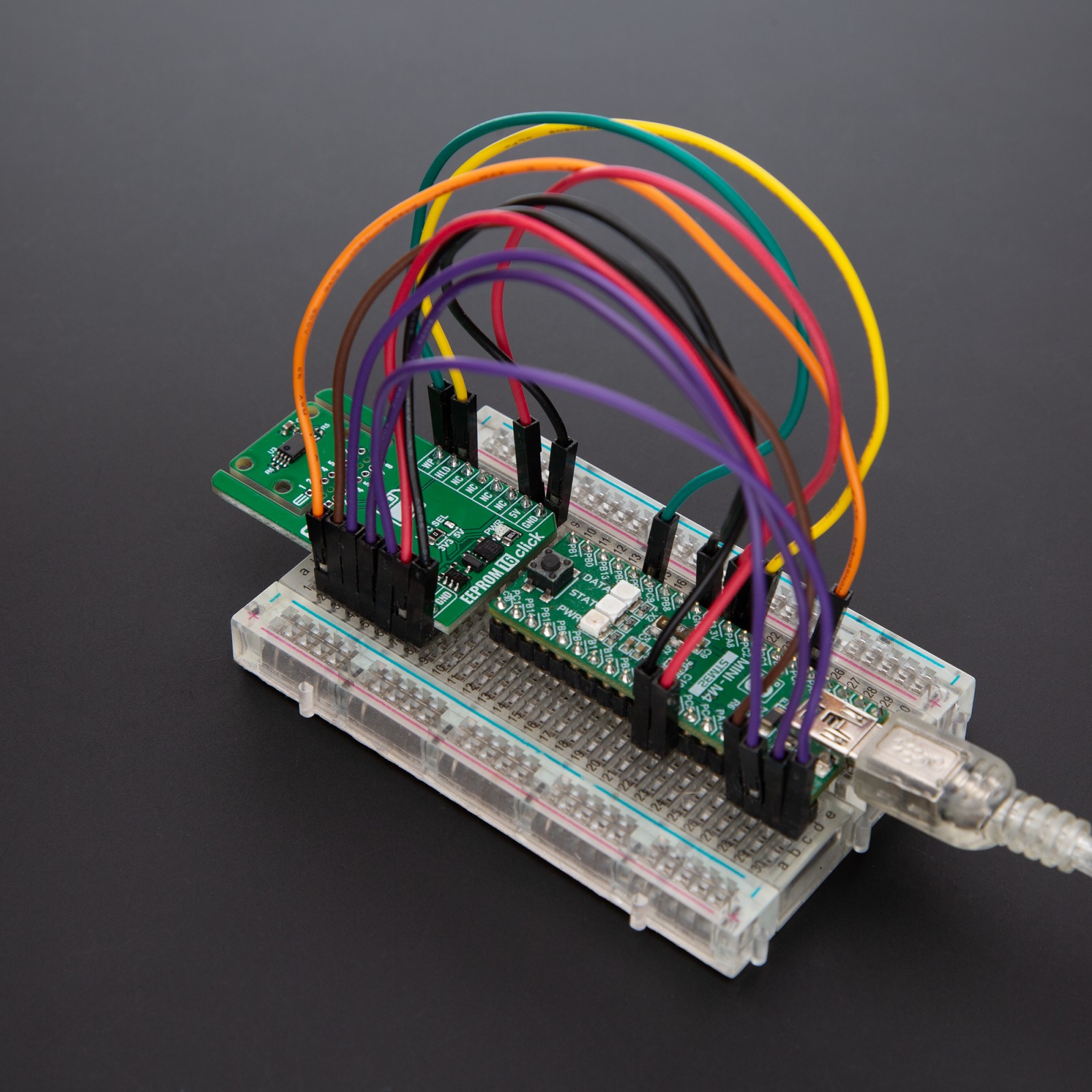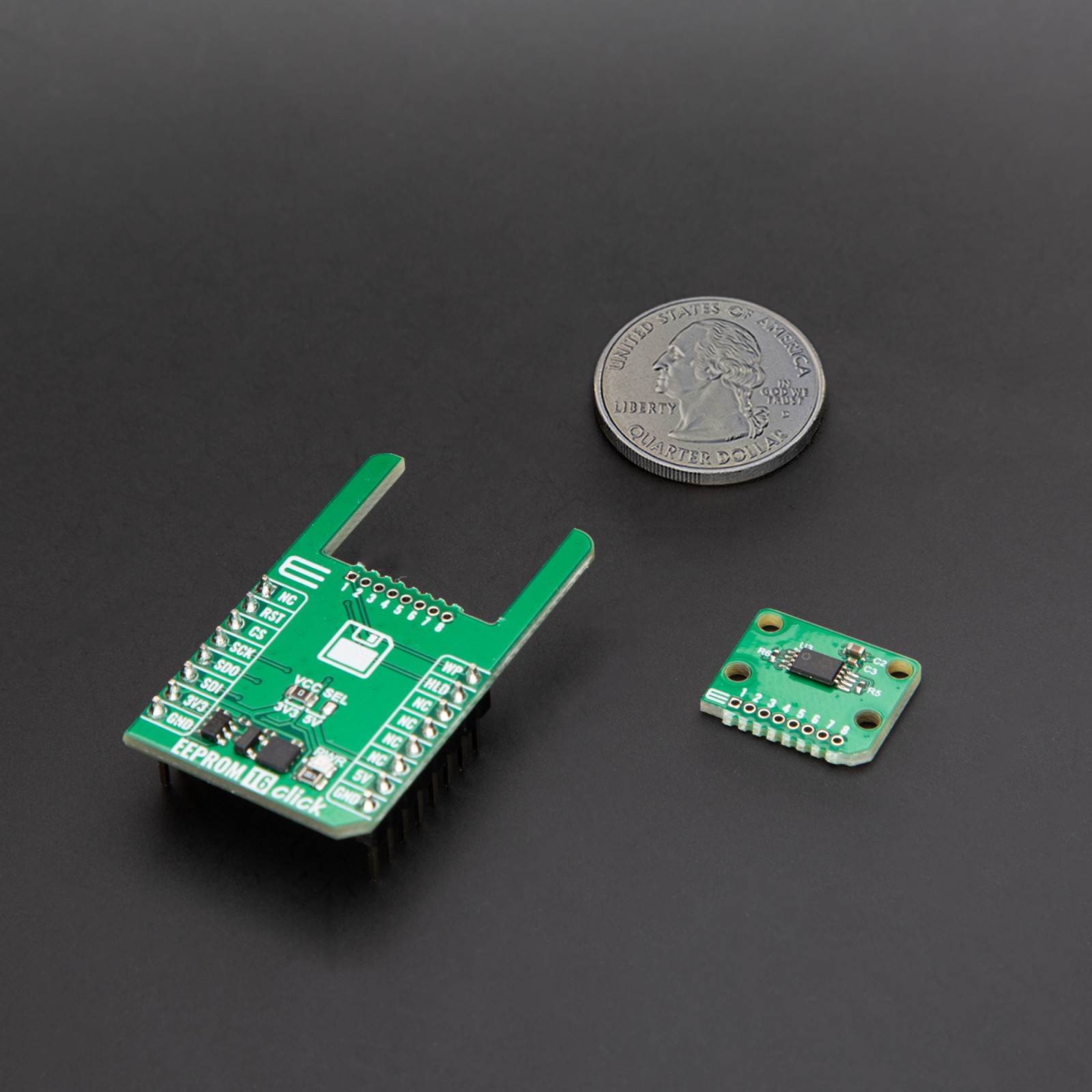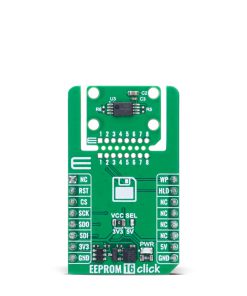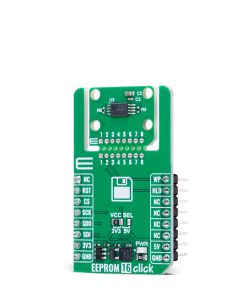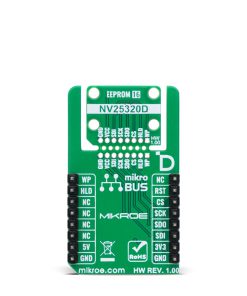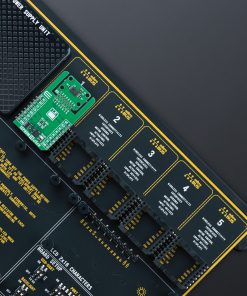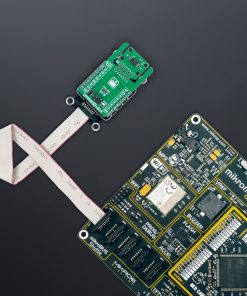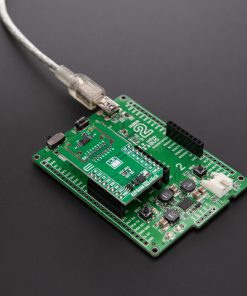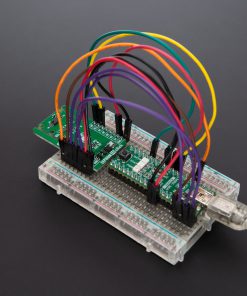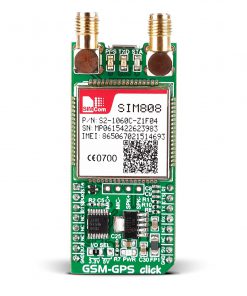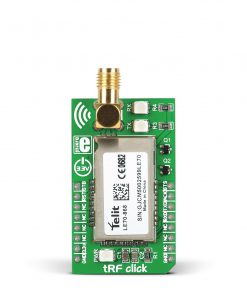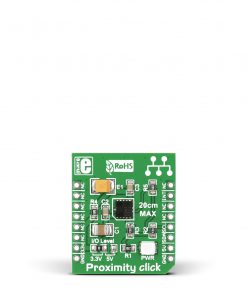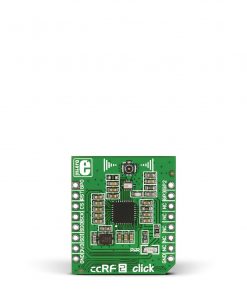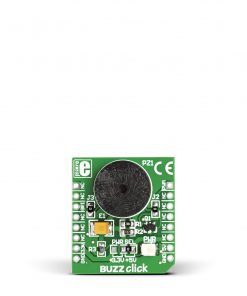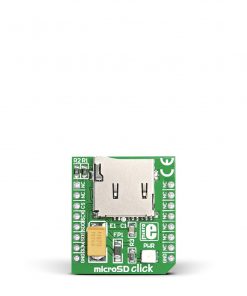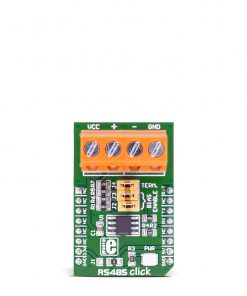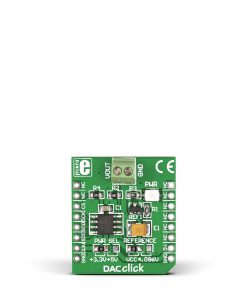Subtotal: R1,070.00
EEPROM 16 Click
R230.00 ex. VAT
EEPROM 16 Click is a compact add-on board designed for reliable non-volatile memory storage in automotive and industrial systems. This board features the NV25320LV, a 32Kb Serial EEPROM from onsemi, organized as 4K x 8 bits. It uses SPI communication, supports both software and hardware write protection, and includes a 32-byte page write buffer for efficient data handling. Engineered with Byte Level On-Chip Error Correction Code (ECC), it ensures high data integrity and offers up to 200 years of data retention. Thanks to the Click Snap feature, size, weight, and power consumption can be reduced for final-phase prototyping. EEPROM 16 Click is an ideal solution for control units and modules across various automotive applications, including engine control, airbag systems, ABS/ESP, light management, and infotainment systems, where secure and persistent data storage is critical.
EEPROM 16 Click is fully compatible with the mikroBUS™ socket and can be used on any host system supporting the mikroBUS™ standard. It comes with the mikroSDK open-source libraries, offering unparalleled flexibility for evaluation and customization. What sets this Click board™ apart is the groundbreaking ClickID feature, enabling your host system to seamlessly and automatically detect and identify this add-on board, alongside a Click Snap feature introducing a new level of flexibility and ease of use.
Stock: Lead-time applicable.
| 5+ | R218.50 |
| 10+ | R207.00 |
| 15+ | R195.50 |
| 20+ | R188.14 |

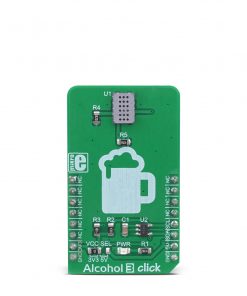 Alcohol 3 Click
Alcohol 3 Click 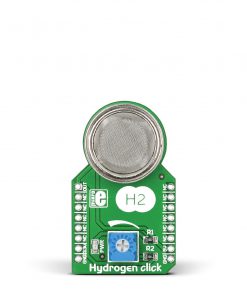 HYDROGEN Click
HYDROGEN Click 
